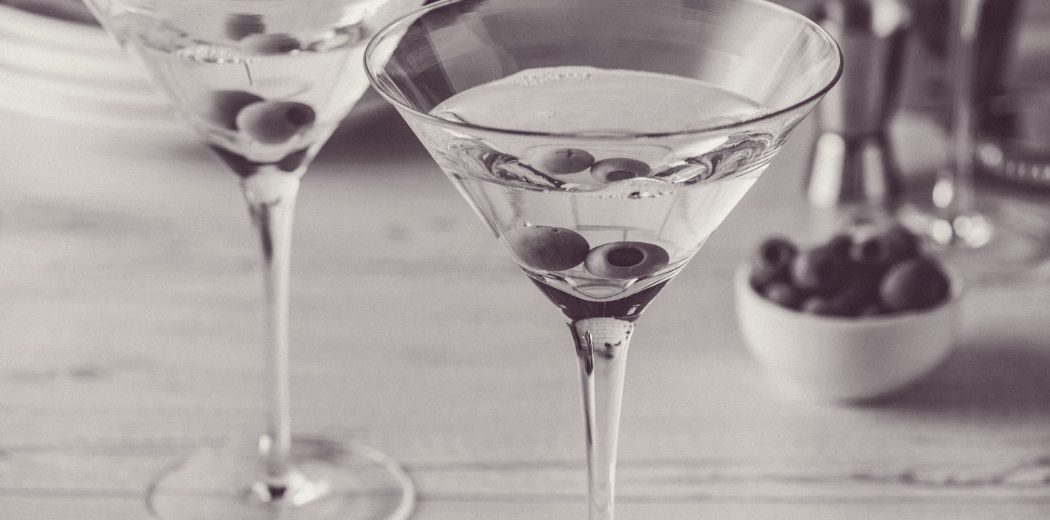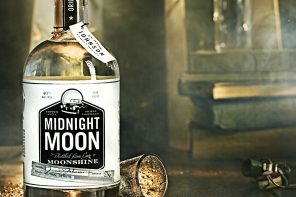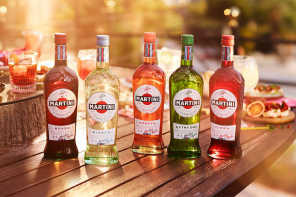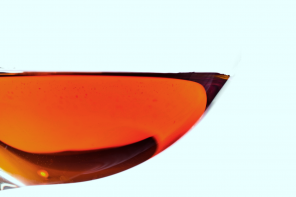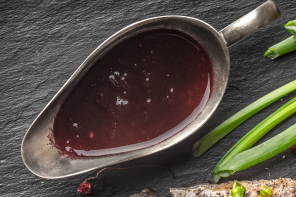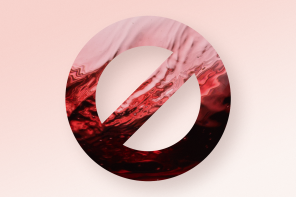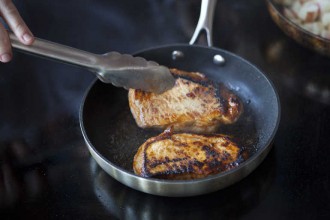The world of cocktail history is often muddled, turbid with hearsay and Apocrypha. The origins of the Martini are no exception. Here’s a cocktail that is near perfect in its simplicity, a superlative marriage of gin with a dash of vermouth. This was the first “grown-up” drink I fell in love with. To this day, my idea of the perfect cocktail is a gin martini as dry as the Mojave in July and cold as the far reaches of Siberia.
There are several theories as to how the martini came about. One widely accepted tale has the city of Martinez, CA as its place of birth. According to the story, a gold miner hit pay dirt and sauntered into his local gin joint to raise a toast to his newfound wealth. The bartender was fresh out of Champagne, so he mixed a cocktail using the available ingredients: Old Tom gin, vermouth, Maraschino liqueur and bitters, garnished with a lemon. The newly minted Midas loved the drink so much, he tried to order it again up in San Francisco but found himself instructing the bartender as to how to make it. “Professor” Jerry Thomas featured the Martinez in his Bartender’s Guide where he claims he invented the drink — a claim many folks dispute.
Others say the cocktail got its name from the well-known vermouth, Martini-Rossi. And in case you thought the East Coast-West Coast rivalry was limited to the hip-hop world, a final theory supposes the martini was created by a bartender of the same name at New York’s Knickerbocker Hotel. This version has more in common with our modern day martini than the Martinez; dry gin, dry vermouth and a smidgen of orange bitters.
When Prohibition hit, bathtub gin was often so undrinkable that people mixed it with a variety of other ingredients to mask its hideous flavor. Post-Prohibition, the martini became a fixture during the infamous three-martini lunches of the mid-20th century. As vodka grew in popularity, this period witnessed a rise in vodka rather than gin martinis. But the good times soon came to an end. The martini fell out of vogue in the decades that followed. Changing tastes left the martini to the past. Instead, an abundance of overly sweet monstrosities prevailed in the ’80s and early to mid-90s. Thankfully, cocktail lovers are returning to the classics, and the likes of the Appletini, Espresso Martini and Porn Star Martini have largely been shelved.
There are a few ways to mix your martini.
Dry – made with the merest suggestion of dry vermouth.
Wet – uses more dry vermouth than the original recipe calls for.
Dirty – a briny delight which adds a small dose of olive juice to the cocktail.
Perfect – a martini with equal parts dry and sweet vermouth.
Drink your martinis straight up or on the rocks. And yes, while most are stirred (to avoid bruising the gin), you can also order one shaken. On the topic of Bond, James Bond, another martini offshoot is the Vesper, created by Ian Fleming and featured in his first Bond novel, Casino Royale. Gin and vodka finally meet, with a half measure of *Lillet Blanc and a lemon peel garnish to tie everything together.
The martini is endlessly customizable. Garnish with a cocktail onion and make it a Gibson. Prefer a twist of lemon? An olive? No problem. Tailor this classic to suit your taste buds, but please, stick to the basics. Personally, I follow the Noël Coward approach to this fine cocktail, “A perfect martini should be made by filling a glass with gin, then waving it in the general direction of Italy.” While your modern craft cocktails and fruity summertime fancies all have their place when you belly up to the bar, nothing satisfies like a well-made martini.
*The original recipe called for Kina Lillet, which is no longer produced. You can also sub Cocchi Americano for Lillet.

